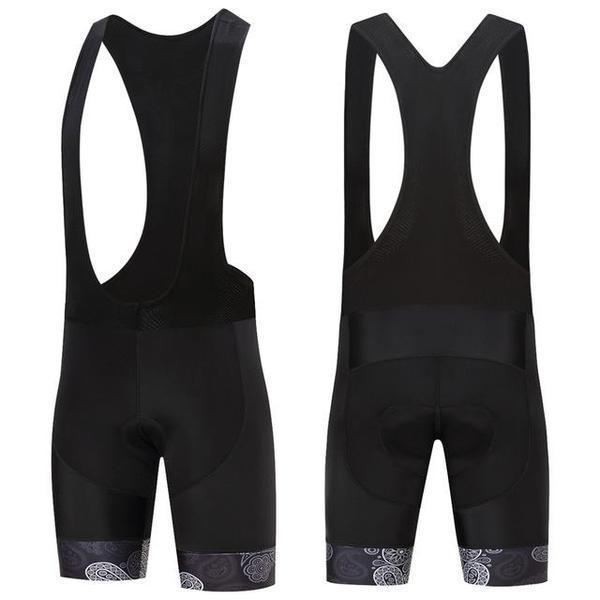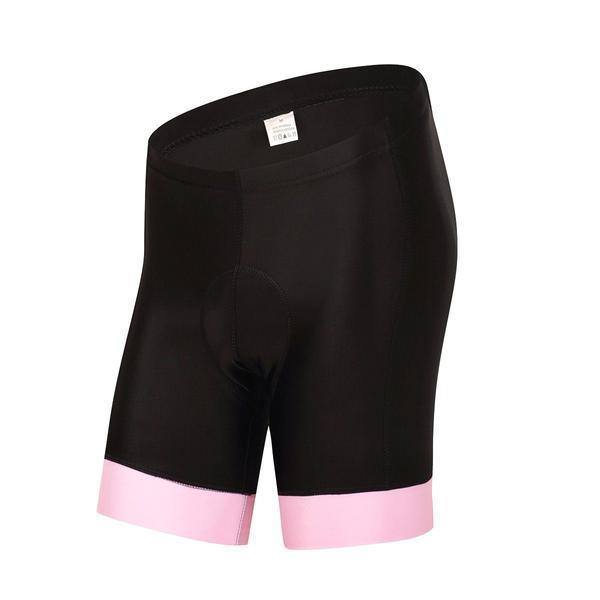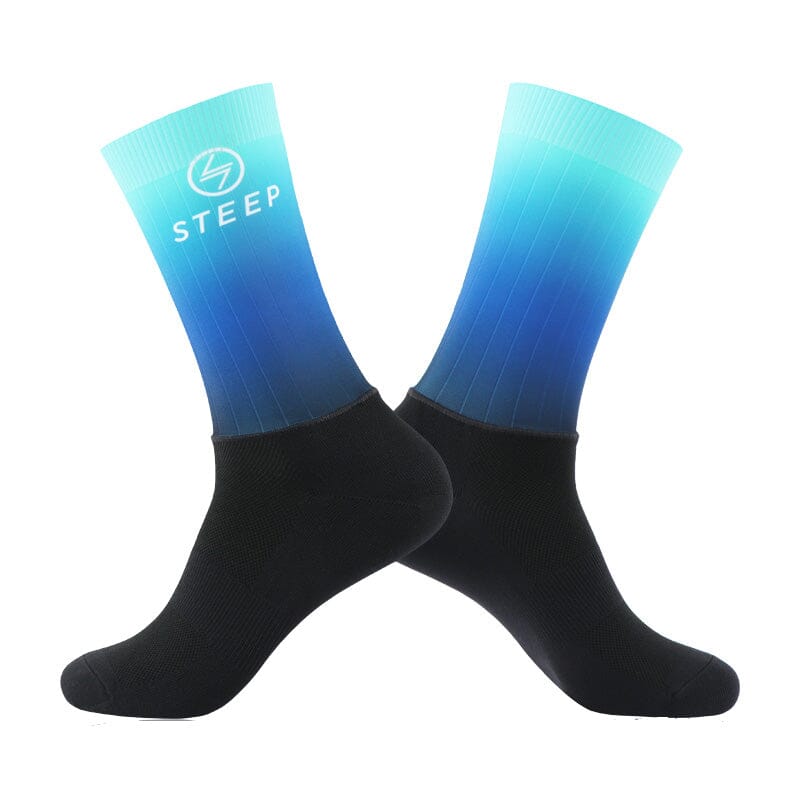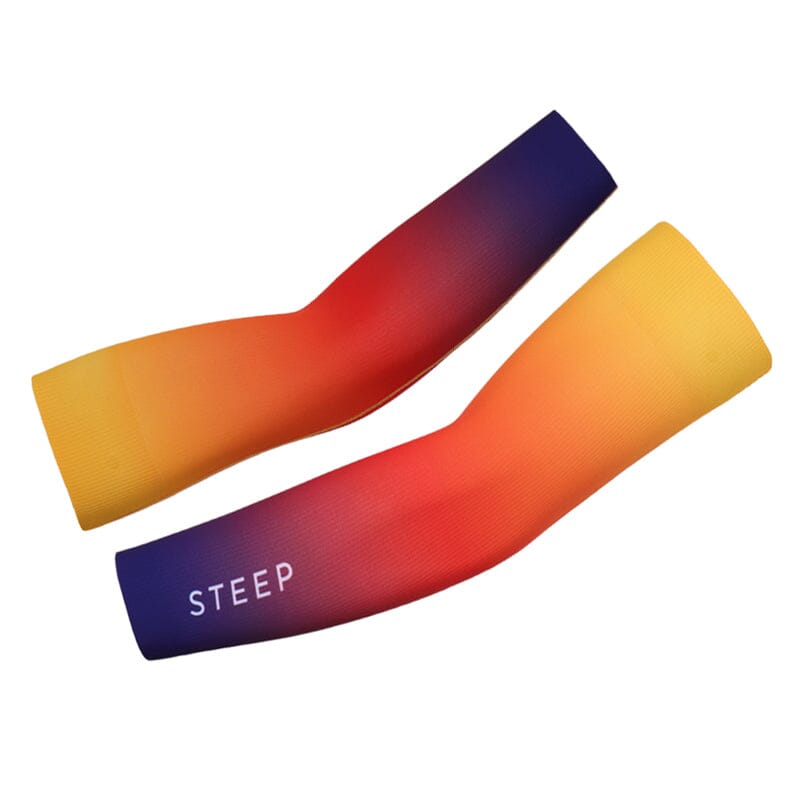The Ultimate Guide to Washing and Drying Your Cycling Gear

Frequently Asked Questions
1. How should I prep my cycling gear before washing?
2. What kind of detergent is best for washing cycling jerseys?
3. What are the recommended washing settings for cycling gear?
4. What is the best method to dry my cycling gear?
5. What common mistakes should I avoid when washing cycling apparel?
If you're an avid cyclist, you know how important it is to keep your cycling gear in top condition. Whether you're hitting the trails or cruising on the road, proper care for your cycling jersey and other gear is essential not just for maintaining performance but also for ensuring longevity. Here are some best practices for washing and drying your cycling apparel so you can ride at your best, no matter the distance!
Understanding Your Cycling Gear Materials
Before we dive into the specifics of washing and drying your cycling jerseys and other gear, it's essential to understand the materials used in your clothing. Most cycling gear is made from advanced synthetic fabrics designed for breathability, moisture-wicking, and durability. Common materials include:
- Polyester: Known for quick drying and moisture control, this material is a favorite for cycling jerseys.
- Nylon: Another durable synthetic that offers good stretch and comfort but is less moisture-wicking than polyester.
- Merino Wool: Ideal for colder rides, merino wool offers natural insulation and odor resistance, making it suitable for a range of temperatures.
Understanding these materials can help you make informed decisions about washing and drying your cycling clothing. Different fabrics have different care requirements, so let’s explore best practices for keeping them clean and fresh.
Washing Your Cycling Gear
Prepping Your Gear for Washing
Before tossing your cycling jersey into the washer, it’s important to prepare it properly. Here are some tips:
- Check the care label: Always follow the manufacturer’s washing instructions to avoid damaging your gear.
- Turn garments inside out: This helps protect the outer surface and any printed designs from abrasion during the wash cycle.
- Use a garment bag: Place your cycling jersey in a mesh garment bag to prevent snagging and keep it safe during the wash.
Choosing the Right Detergent
Selecting an appropriate detergent can make a significant difference in how well your cycling gear is cleaned. Opt for:
- Gentle detergents: These are less abrasive and will help maintain the integrity of technical fabrics.
- Nondetergent options: Some cycling enthusiasts opt for specialized detergents specifically designed for athletic gear.
- Avoid fabric softeners: Fabric softeners can leave a residue that hinders moisture-wicking properties.
Washing Settings
Set your washing machine to the appropriate cycle settings to protect your cycling clothing. Here are some guidelines:
- Cold water: Always wash your cycling jerseys in cold water. Hot water can weaken elastic fibers and lead to shrinkage.
- Gentle cycle: Use a gentle cycle to minimize agitation, which can cause wear and tear on the fabric.
- Avoid overloading: Don’t cram too many items into the washer; it’s better to wash smaller loads for more effective cleaning.
How to Dry Your Cycling Gear
The Best Drying Methods
Once you've washed your cycling jersey, the drying process is crucial for maintaining its quality. Here are some best practices:
- Air drying: For optimal care, always air dry your cycling gear. Lay your jerseys flat on a clean towel or hang them on a drying rack. Avoid direct sunlight to prevent fading.
- Avoid wringing: Never wring out your cycling gear to remove excess water. Gently press the water out with a towel instead.
- Use a rack: An adjustable drying rack is ideal for air drying as it allows good airflow around the fabric, speeding up the drying process.
When to Use a Dryer
If you find yourself needing to use a dryer, consider the following:
- Use a low heat setting: If you must tumble dry, use a low heat setting to prevent damage to the fabric.
- Remove promptly: To avoid wrinkles and unnecessary heat exposure, take your cycling jerseys out of the dryer as soon as the cycle ends.
- Check dryer lint filters: Making sure your dryer is clean and free of lint can help maintain these fibers' integrity.
Avoiding Common Mistakes
Even experienced cyclists may make mistakes when washing and drying their gear. Here are some common pitfalls to avoid:
- Ignoring stains: Address any stains on your cycling jersey promptly. Consider pre-treating with a gentle stain remover before washing.
- Using bleach: Never use bleach on technical fabric; it can weaken fibers and alter the jersey's color.
- Not washing regularly: Don't let dirt and sweat build up. Regular washing prevents odors and degradation of the fabric.
Special Considerations for Weather and Season
Season and weather conditions can also impact how you should wash and dry your cycling gear. For example:
Hot Weather
In summer, your cycling jersey will likely require more frequent washing due to sweat and salt. Always follow the same washing guidelines, but pay extra attention to the neckline and underarms, where odors can linger.
Cold Weather
For winter cycling gear, particularly items made of wool or heavier fabrics, ensure that they are washed at a lower temperature and dried flat to preserve their shape and warmth.
Going the Extra Mile: Deep Cleaning Your Cycling Jersey
If your cycling jersey has been through a particularly grimy ride or you want a deeper clean, consider these additional steps:
- Soak: Soaking your jersey in a mixture of cold water and gentle detergent for about 30 minutes can help release tough stains before washing.
- Spot clean: For persistent stains, use a soft brush or cloth with a mixture of detergent and water to treat the area gently.
Maintaining Your Gear’s Performance
Just washing and drying aren’t enough to keep your cycling jerseys and gear in peak condition. Here are some additional care tips:
- Rotate Your Wardrobe: Having multiple cycling jerseys means you won’t wear any one item too often, helping to prolong their lifecycle.
- Store Properly: Store your cycling gear in a cool, dry place, away from direct sunlight to prevent fading and fabric deterioration.
- Repair Instead of Replace: Small tears or loose seams can be repaired instead of immediately replacing the gear, saving you money and keeping it out of landfills.
Riding High with Clean Gear
There you have it—the best practices for washing and drying your cycling jersey and gear. It may seem simple, but following these guidelines will ensure your clothing remains fresh, clean, and ready for your next ride. Don't underestimate the impact of proper care on your cycling experience; your gear deserves it.
By keeping these tips in mind, you’ll elevate not only your bike rides but also the longevity and performance of your cycling apparel. Here’s to many more miles in your well-maintained gear—ride safe and enjoy every pedal stroke!















Leave a comment